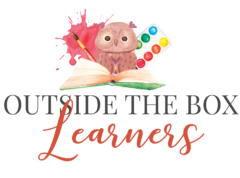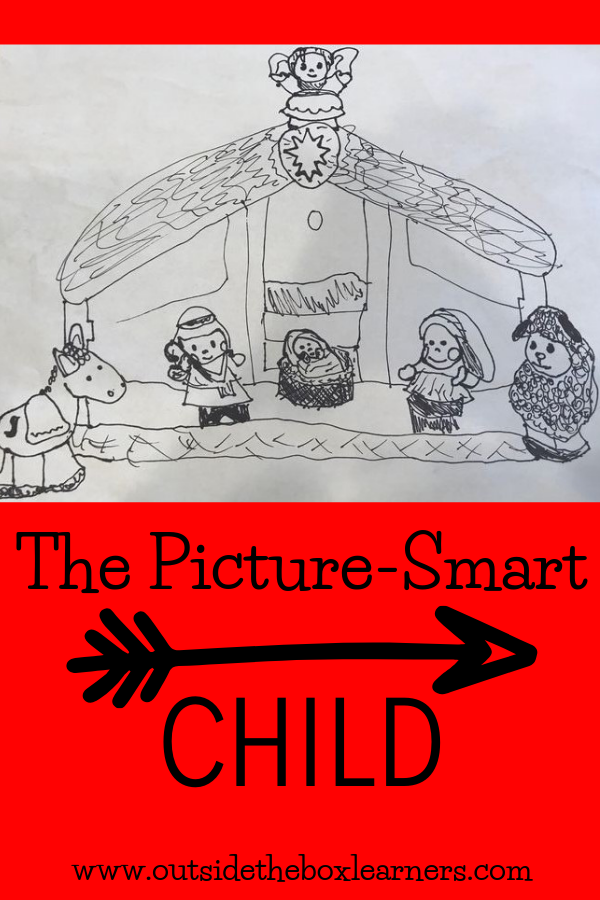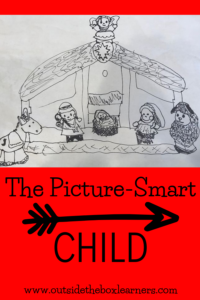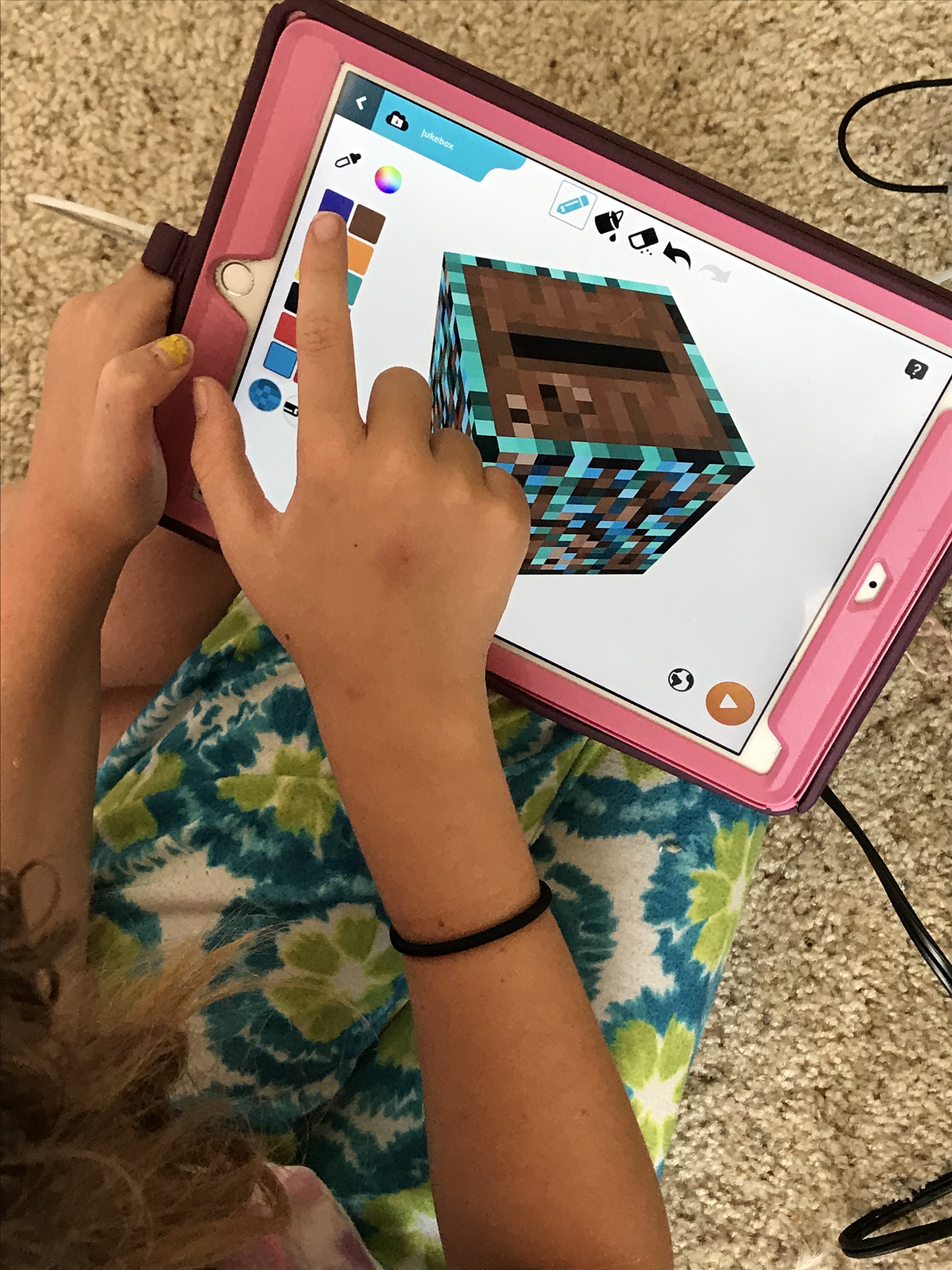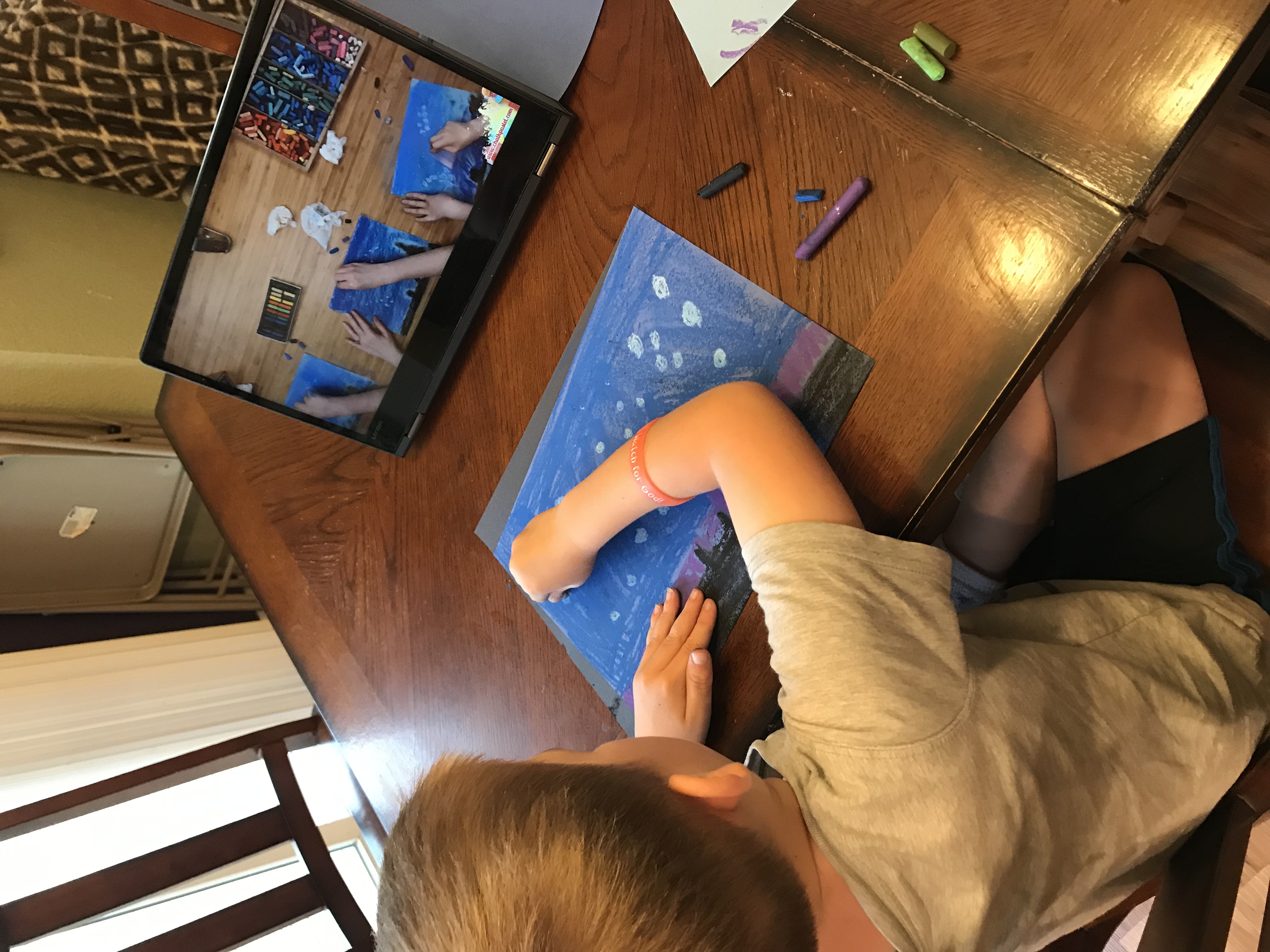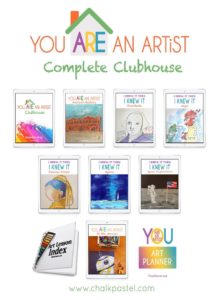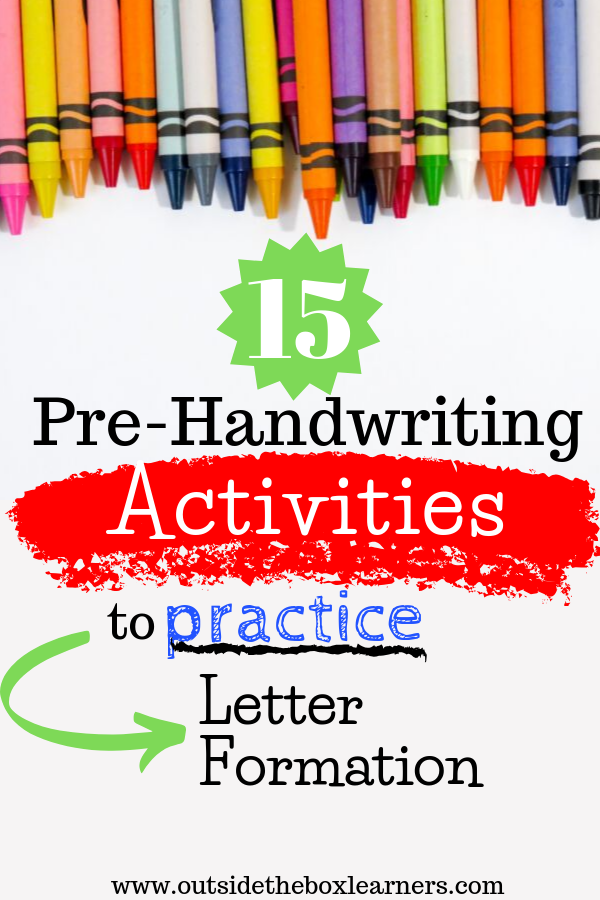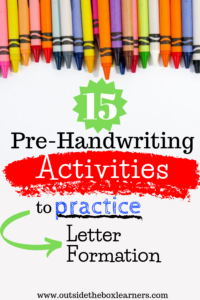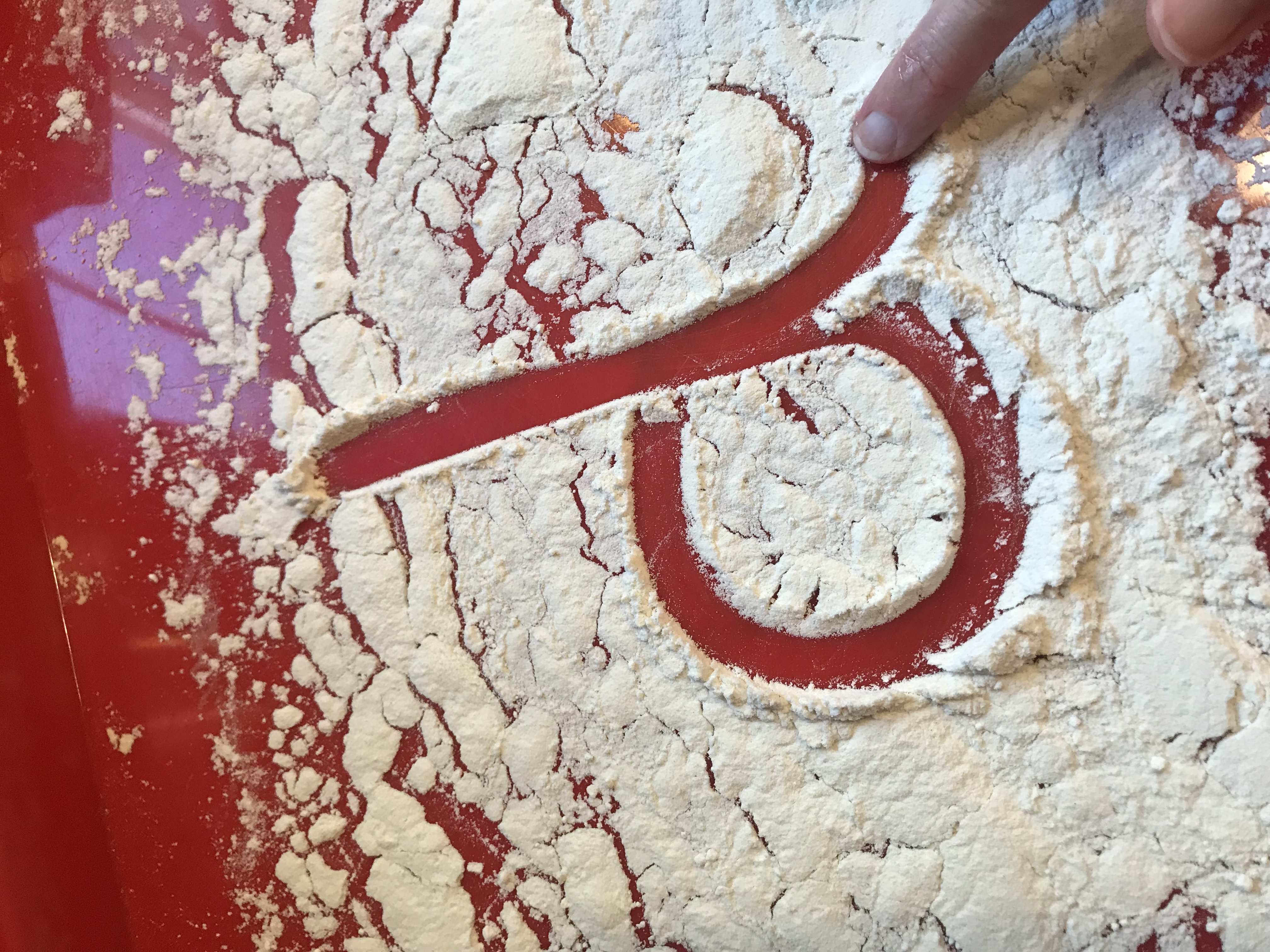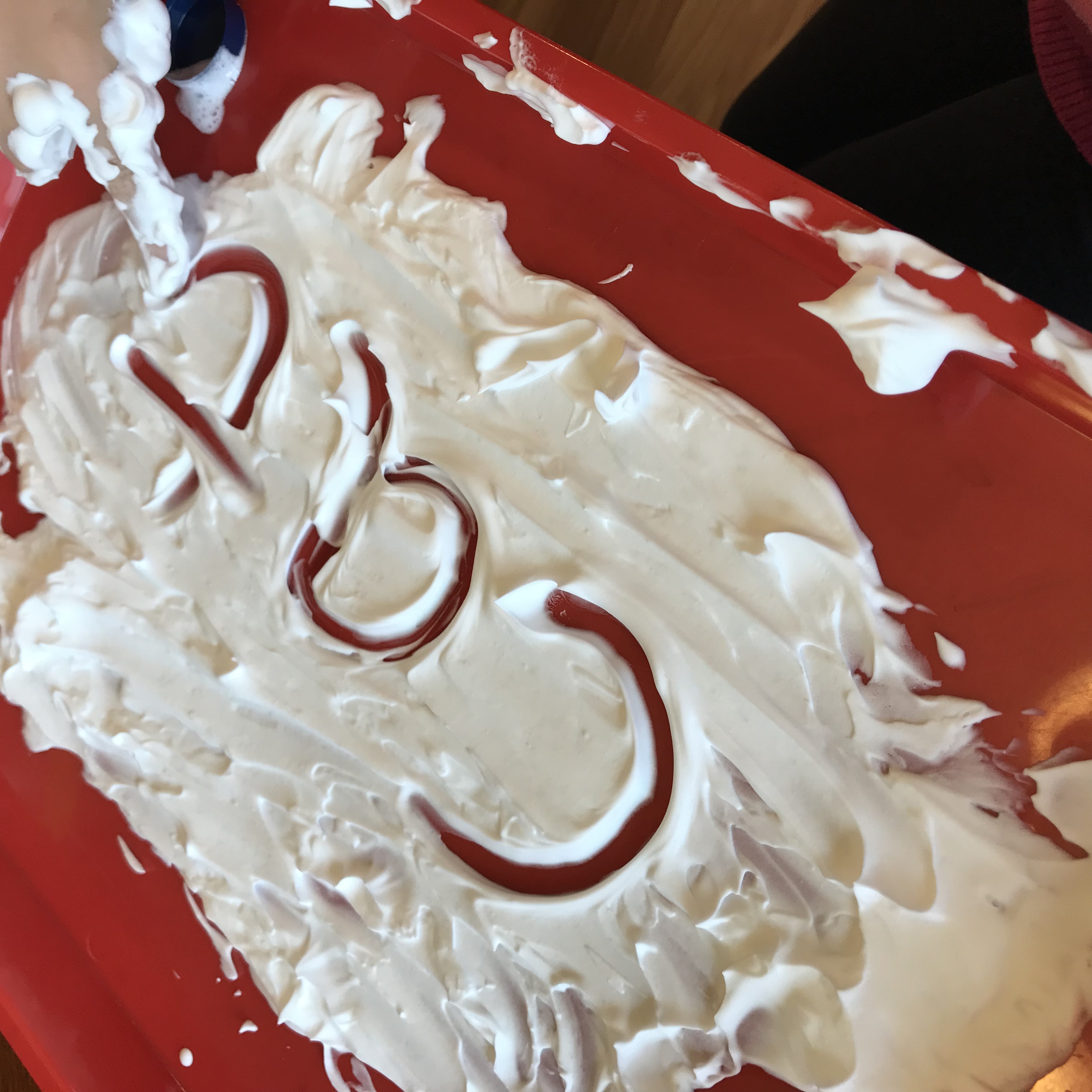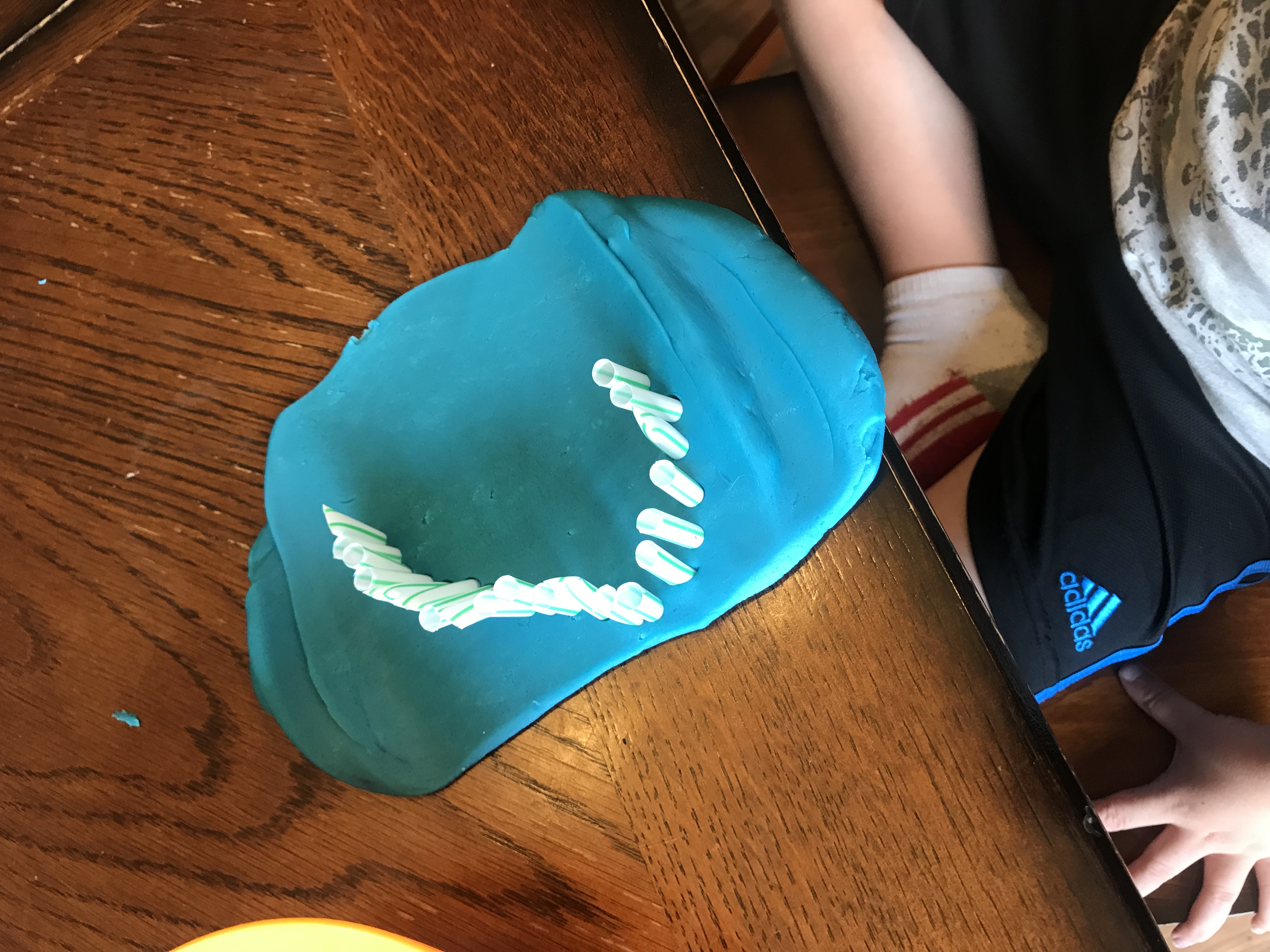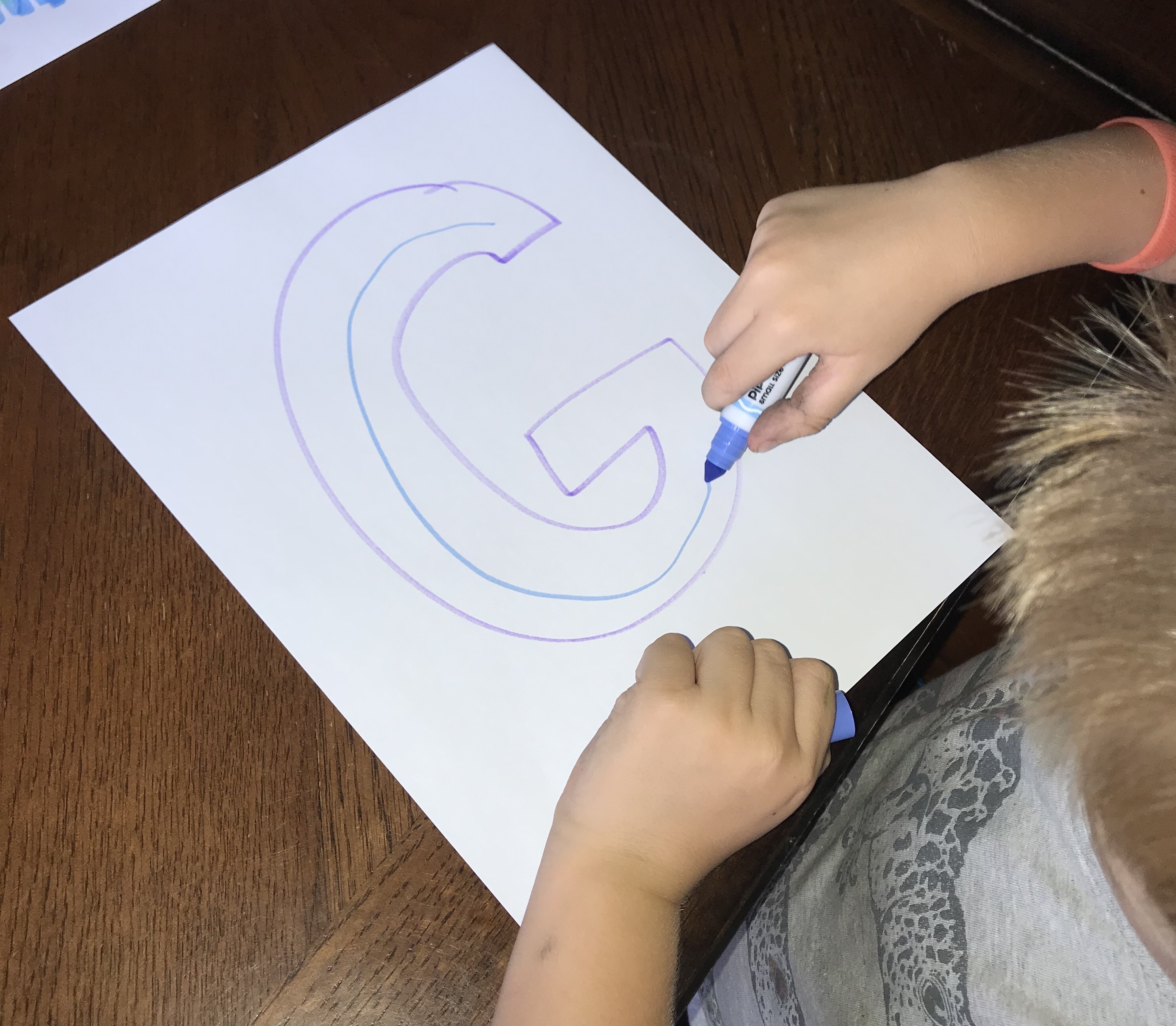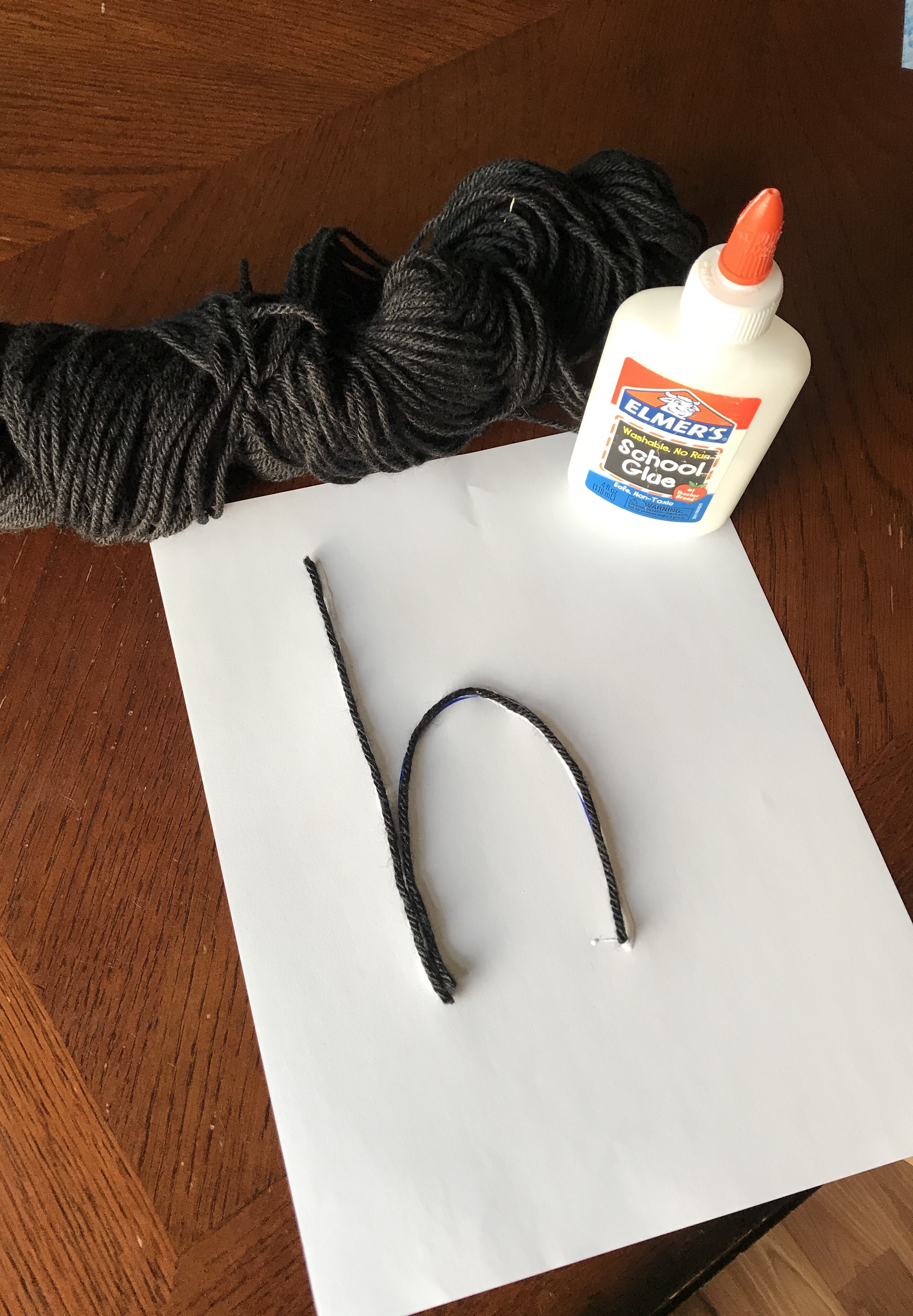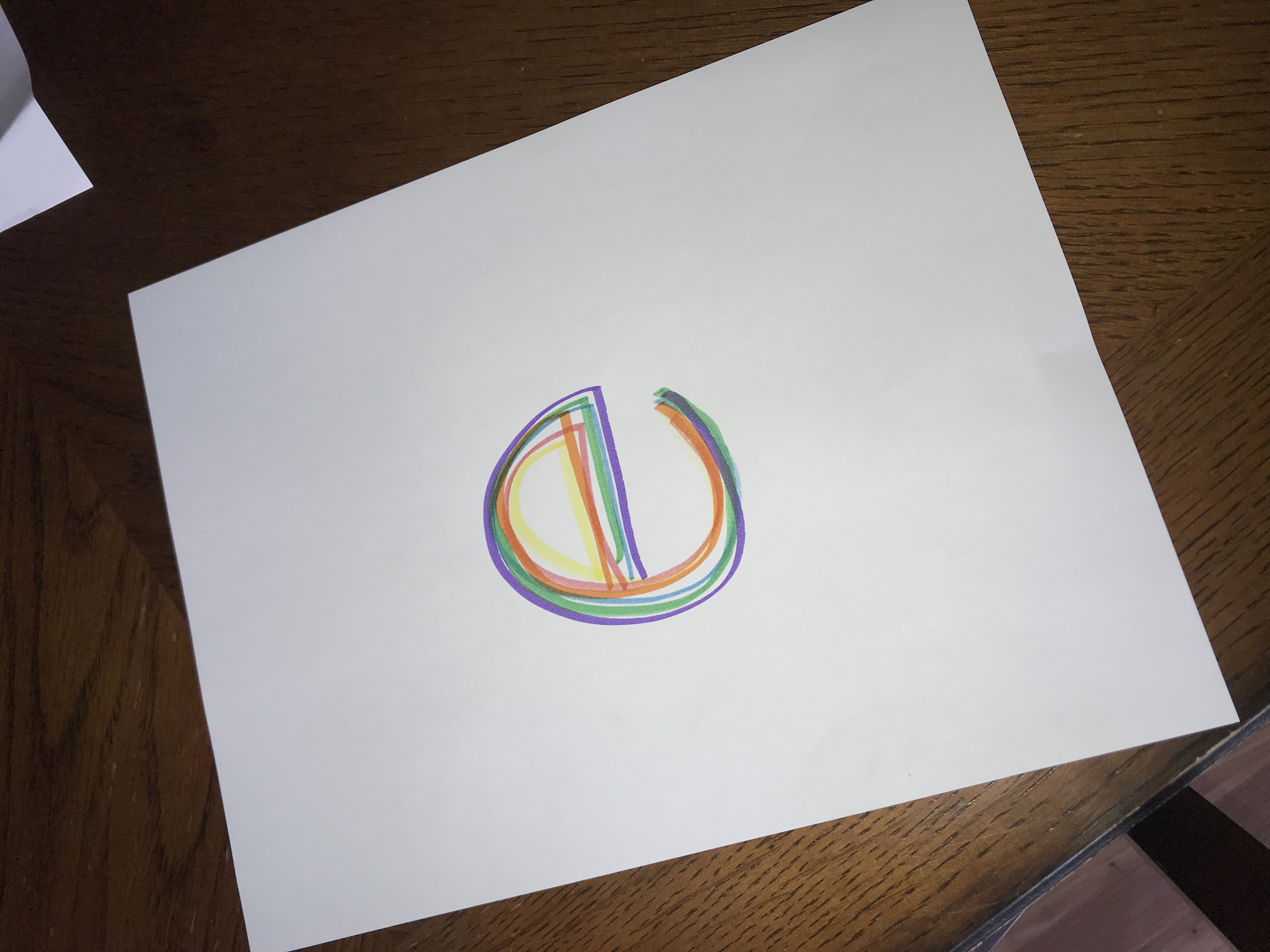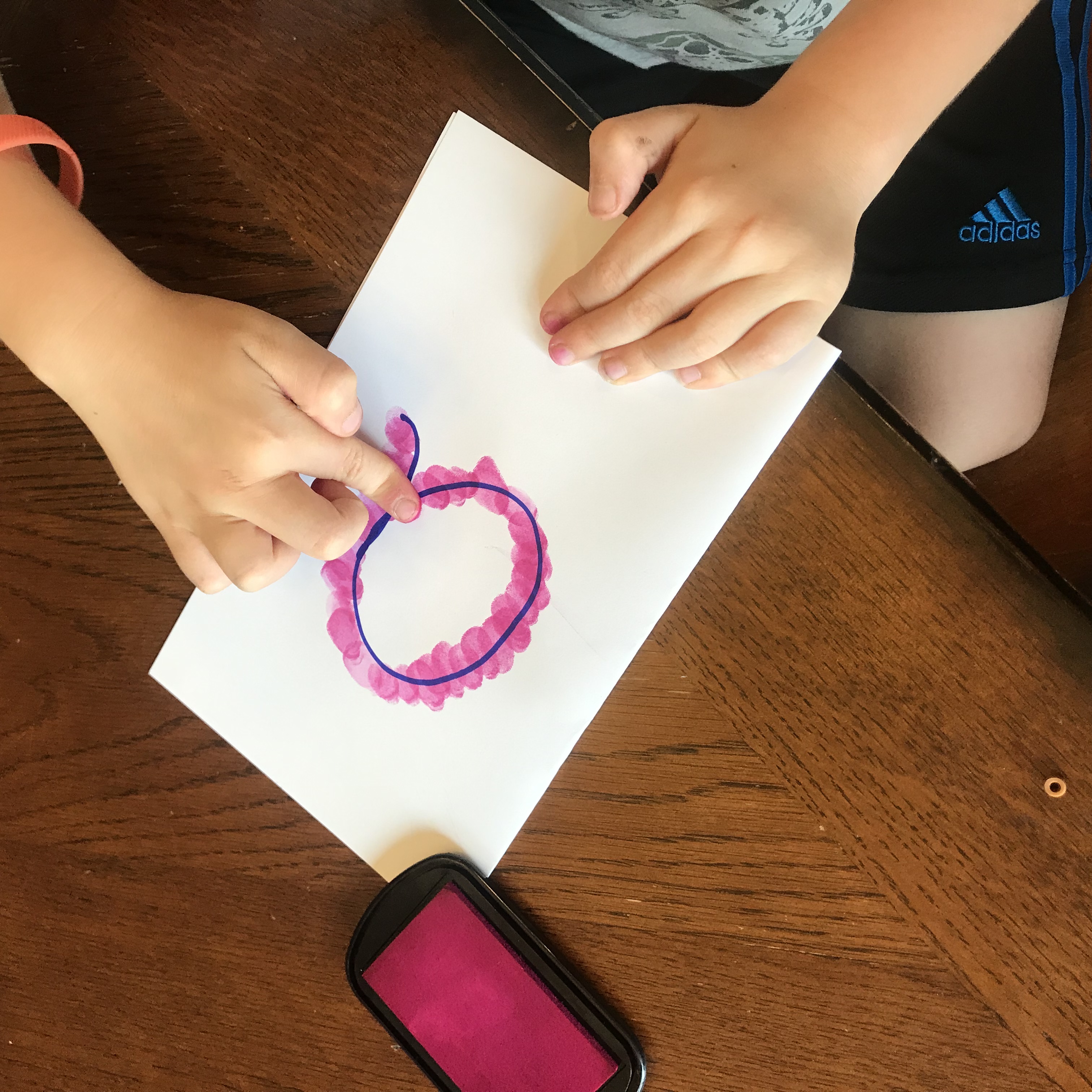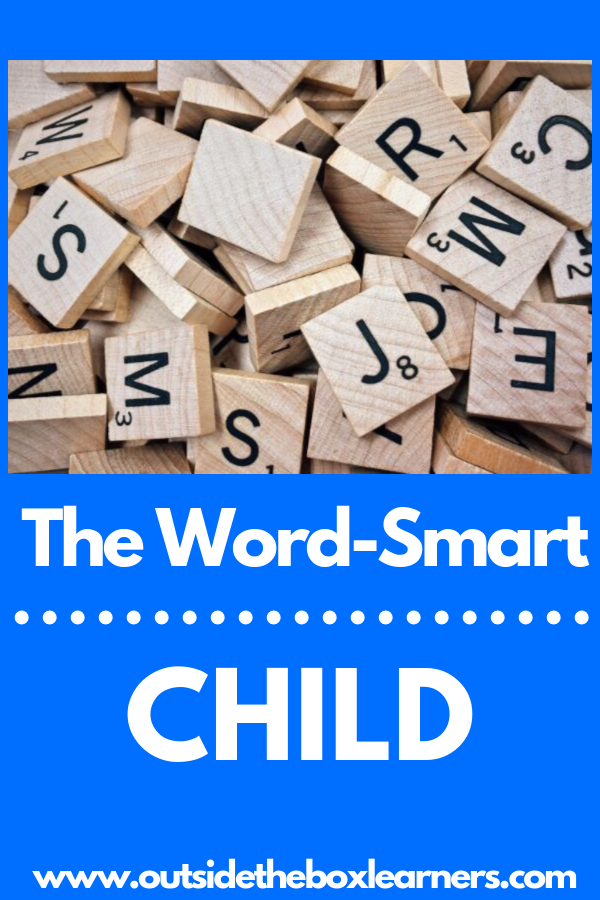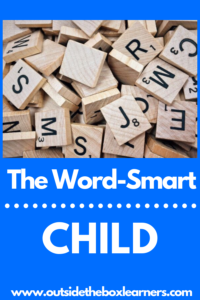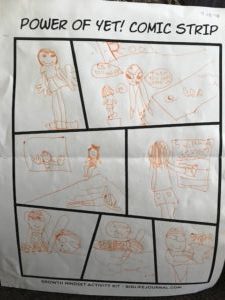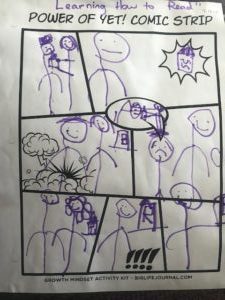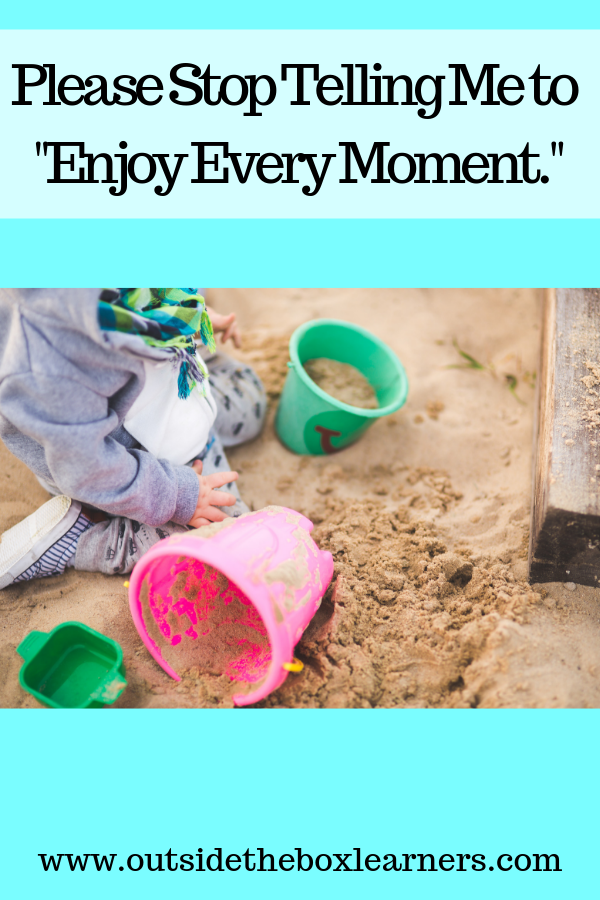As I stated last year when I did my curriculum post for 2018-2019, this is our plan FOR NOW.
It is not set in stone.
We are not bound to it, and things could change. As Sarah Mackenzie so wisely states in her book, Teaching From Rest,
“…published resources are to be wielded by you, not to rule over you.”
WISE WORDS.
One big change for us this year is we will be participating in a co-op again. Yay! As some of you know, we did not do a co-op last year for various reasons. But we are excited to be part of a co-op again, and some of our curriculum choices are things we will be doing with that group.
This blog post contains affiliate links and any purchases made through such links will result in a small commission for me (at no extra cost to you).
Also, I plan on giving my kiddos plenty of time to explore their current interests and any new interests that come up.
Here we go!

Curriculum Picks for 2019-2020
Curriculum Picks for 6th Grade:
Handwriting:
Writing/Language Arts:
Journal Prompts using other sources
Math:
Life of Fred – Working through Decimals and Percents, and beyond
Math-It – Math facts practice
Other:
Coding incorporating Minecraft
Lots cooking, baking and dessert making (pretty much her favorite activities!)
Piano practice and lessons
Curriculum Picks for 4th Grade:
Handwriting:
Writing/Language Arts:
Journal Prompts using various sources
Math:
Teaching Textbooks: Online program
Math-It – Math facts practice
Life of Fred – As he is interested.
Curriculum Picks for Kindergarten:
Getty Dubay Book A – when he’s ready
My Father’s World book and activity list for Kindergarten (Leaving out phonics and math)
For Everyone:
Bible:
A Child’s Story Bible by Catherine Vos – Focusing on the New Testament this year.
Picture-Smart Bible – Starting in the Old Testament. (I’m especially excited for my daughter to use this, as she is extremely picture-smart!)
Reading:
Lots of reading aloud!
Independent Reading
History:
Living Books exploring Rome to the Early Renaissance. We will be plotting the major events on our timeline as we go.
A Child’s History of the World by Virgil M. Hillyer – Our history spine to read alongside the Living Books.
The Story of the World (audiobook)
Claritas Publishing Cycle 2 – We will be doing this along with our co-op
Chalk Pastel classes that go along with our history cycle
**For a more comprehensive post on homeschooling history check out this post: Homeschooling History Without a Text Book!
Geography:
We will be doing geography with our co-op.
Chalk Pastel – I’m excited to have the kids do Nana’s “maps” lessons!
Science
Nature Study using the book: The Nature Connection: An Outdoor Workbook for Kids, Families, and Classrooms
Lessons and experiments from Science in the Ancient World – Another book we will be doing along with our co-op that will coincide with our history cycle.
Logic (for the older two):
Fallacy Detective – My husband will be working through this with the older two.
Music and Art:
We will be studying music and art in our co-op too.
Chalk Pastel classes with Nana
Other activities:
Gym and Swim at the YMCA
Ice-Skating at the local ice arena
Field trips
Lots of games played together at home!
